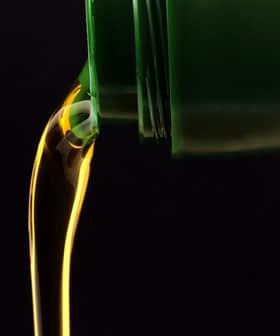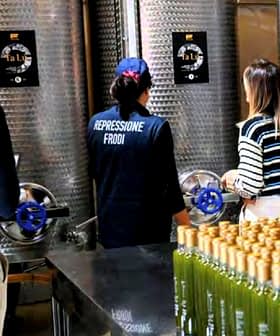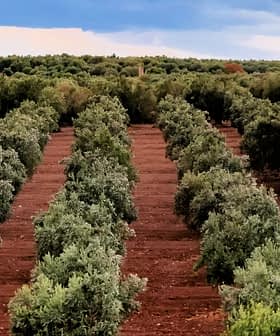Australia Leads New Push to Raise Campesterol Limit for Olive Oil
New World producers, led by Australia, are pushing to raise the campesterol limit in olive oil from 4 to 4.8 percent to prevent discrimination against their virgin olive oils, arguing that the current limit acts as a trade barrier. They propose that the Codex standard be updated to reflect changes in olive oil production worldwide, with support from countries like Argentina, the United States, and New Zealand.

New World producers are renewing a bid to raise the limit for campesterol in olive oil to stop what they say acts as a trade barrier and discriminates against their authentic virgin olive oils.
Led by Australia and with support from Argentina, the United States and New Zealand, they say the limit should be raised from 4 to 4.8 percent so as not to unfairly exclude oils that exceed it for seasonal, varietal or geoclimatic reasons.
In a discussion paper for the Codex Committee on Fats and Oils (CCFO) meeting to be held in Malaysia February 25 to March 1, they say the higher value “would encompass the great majority of oils produced from Barnea, Arbequina, Koreneiki, Cornicabra and similar high-campesterol varieties, regardless of where in the world they are grown.”
“The production and trade of virgin olive oils from emerging olive oil producing countries is increasing substantially. It is therefore crucial for CCFO to examine the evidence that clearly shows the current limit for campesterol acts as a technical barrier to trade in virgin olive oils,” the paper says.
The limit for campesterol (one of several sterols found in olive oil) is not relevant to public health but aimed at detecting adulteration of olive oils with other edible oils.
Of 888 samples collected in Australia over several years and a range of seasons and varieties, a third had a campesterol level over 4 percent. However, studies there found genetics and environment play a big role in campesterol levels and ruled out adulteration or poor oil quality as causal factors.
The paper says that “in anticipation of the counter-argument” that raising the campesterol limit would increase the risk of adulteration, the limit for another phenol, stigmasterol (excessive levels of which suggest the presence of soy oil), should be tightened. The Codex standard effectively allows up to 3.9 percent stigmasterol in olive oil but a lower maximum of 1.9 percent is proposed.
“While EU countries, Syria, Tunisia, Turkey and Morocco are likely to remain the leading exporters of olive oils in the near future, considerable expansion of production in a number of other countries (e.g., Argentina, Israel, Brazil, Republic of South Africa, China and Australia) is likely to change trading patterns in the medium term.”
As different varieties emerge and production occurs under new geo-climatic conditions, the parameters in the Codex standard (in place since 1981) should be standardized accordingly. the paper says.
IOC also studying campesterol
At the last CCFO meeting, held in February 2011, a proposal to start work on amending the campesterol level failed to gain support but the door was left open for new data justifying the move to be presented in 2013.
According to International Olive Council (IOC) executive director Jean-Louis Barjol’s report on the meeting, “With regard to…campesterol, all the IOC delegations agreed on stating that IOC studies were underway and that it was premature for the Codex to act.”
“The objective of deferring discussions on…campesterol until 2013 was achieved. Between now and then the IOC will have to undertake studies to assemble a workable database…and to explore realistic avenues to solutions,” he wrote.
A public meeting to provide information and receive public comments on U.S. positions for the coming Codex Committee on Fats and Oils is to be held in Maryland on February 5.
- Discussion paper on the revision of the limit for campesterol in the codex standard for olive oils and olive pomace oils
- Meetings: Codex Alimentarius Commission; Codex Committee on Fats and Oils
- CCFO 2013 meeting documents
- IOC executive director Jean-Louis Barjol’s report on the 2011 CCFO meeting
- “Argentina to IOC: Campesterol Level Must Change”, July 12 2012, Olive Oil Times







